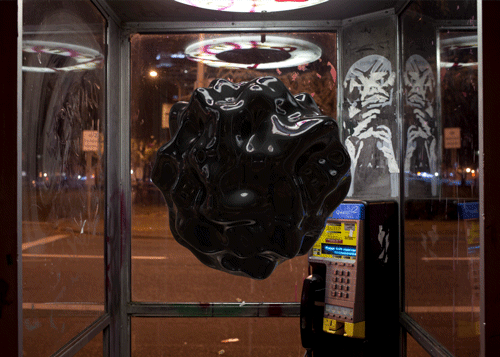Photo

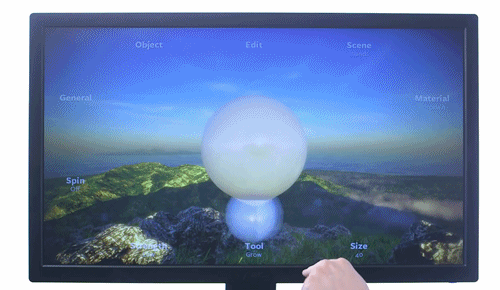
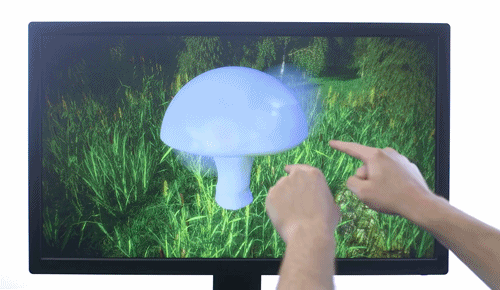
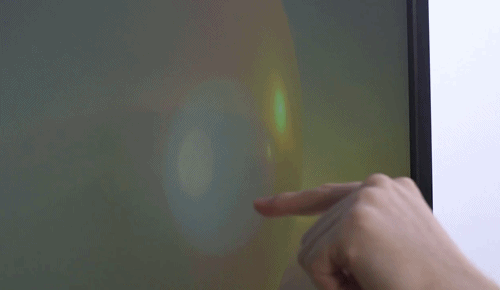

Freeform
Virtual natural sculpting app designed to be used with the Leap Motion sensor - video embedded below:
Reach out and see your ideas take shape in a serene and Zen-like setting. Freeform lets you delicately sculpt your own three-dimensional creations, so you can express yourself with intuitive interactions and a wide variety of tools. Reveal your creative potential and create something beautiful with this unique 3D modeling experience.
The app is available for free at the Leap Motion app store here
455 notes
·
View notes
Photo
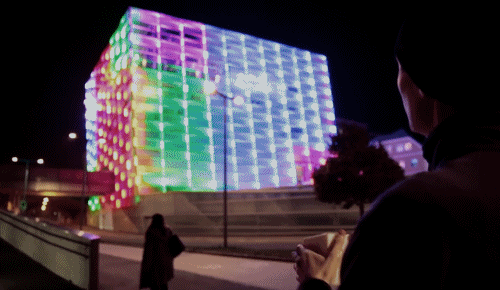
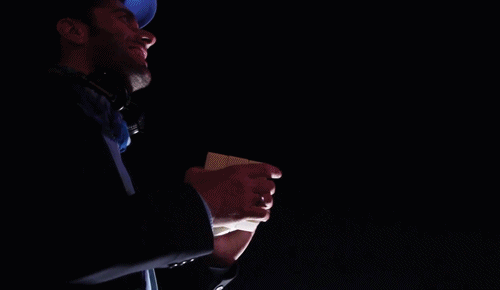

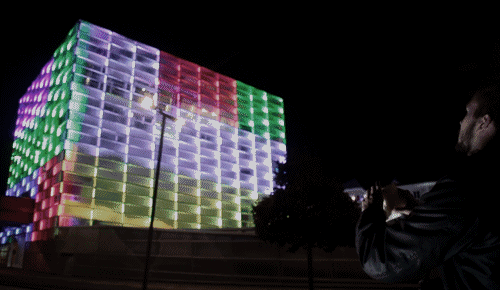
Puzzle Facade
Public interactive installation by Javier Lloret allows participants to control the colourful lighting of a square building with a Rubik Cube like device - video embedded below:
Puzzle Facade brings the experience of solving a Rubik’s cube to the urban space. It transforms the Ars Electronica’s media facade, into a giant Rubik’s cube, inviting passers-by to engage with an interactive experience that takes place in the city of Linz (Austria).
In Puzzle Facade the player interacts with the specially designed interface-cube. The interface-cube holds electronic components to keep track of rotation and orientation.
This data is sent via Bluetooth to a computer that runs the Puzzle Facade designed software. This software changes the lights and color of the large-scale Ars Electronica’s media facade in correlation to the handheld interface-cube.
Due to the nature of this building and its surroundings, the player is only able to see two sides at the same time. This factor increases the difficulty of solving the puzzle, but as the player is able to rotate and flip the interface-cube, it is not a blocking factor.
More Here
575 notes
·
View notes
Photo
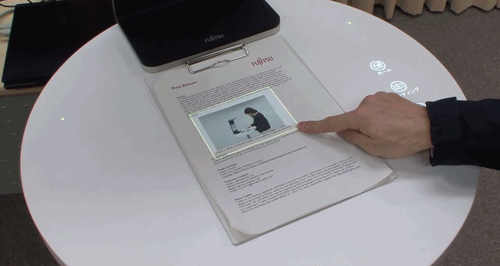

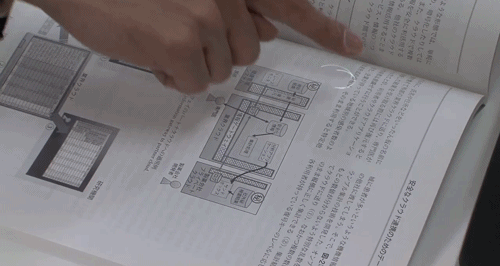


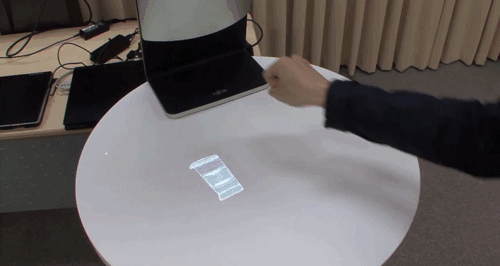
Prototype Real / Digital Info Interface System
Using projection and gestures to create interactive relationship with information - video embedded below:
Fujitsu Laboratories has developed a next generation user interface which can accurately detect the users finger and what it is touching, creating an interactive touchscreen-like system, using objects in the real word.
"We think paper and many other objects could be manipulated by touching them, as with a touchscreen. This system doesn’t use any special hardware; it consists of just a device like an ordinary webcam, plus a commercial projector. Its capabilities are achieved by image processing technology."
Using this technology, information can be imported from a document as data, by selecting the necessary parts with your finger.
More at DigInfo here
RELATED: This is very similar to a concept developed in 1991 called ‘The Digital Desk’ [link]
26K notes
·
View notes
Photo

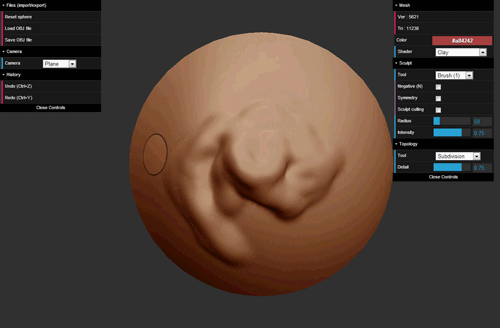
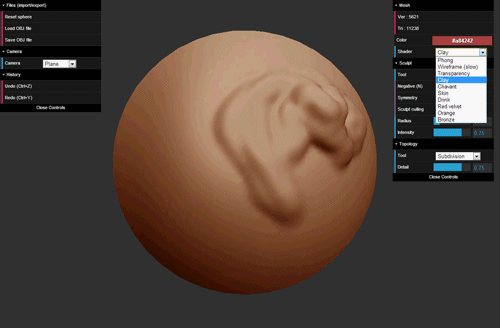
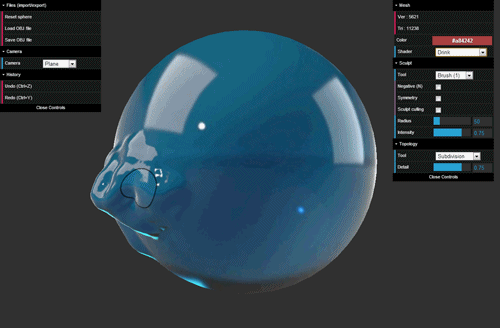
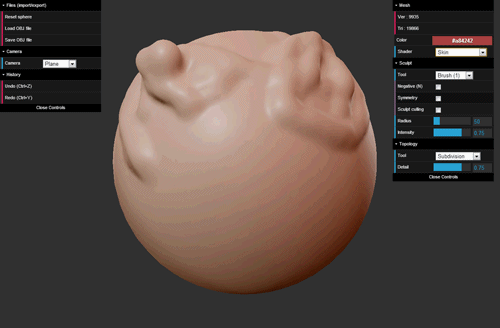

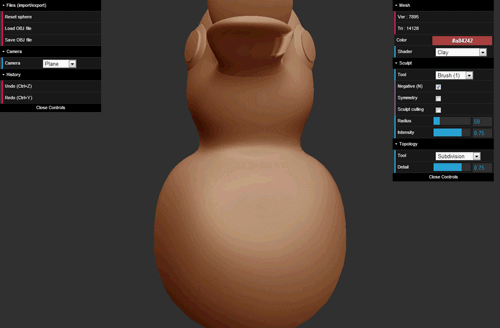
SculptGL
Online webtool by Stéphane Ginier for intuitive 3D sculpting. Written in WebGL, obj files can be saved and loaded:
SculptGL is tiny sculpting application, powered by WebGL. Source code on github here.
It features dynamic subdivision, decimation, uniformisation and adaptive sculpting.
Uniformisation is simply a call to subdivision followed by a decimation.
Adaptive sculpting lies on the uniformisation and enables changes in the topological genus (holes and merges).
Inflate and deflate are the best tools to trigger topological changes :D.
Adaptive sculpting is a little buggy… (for example you shouldn’t use it with a mesh that already contains self-intersection).
Well, I don’t think you can create anything that doesn’t look weird… but who knows?
You can mess around with this fun app in your browser here
7K notes
·
View notes
Photo
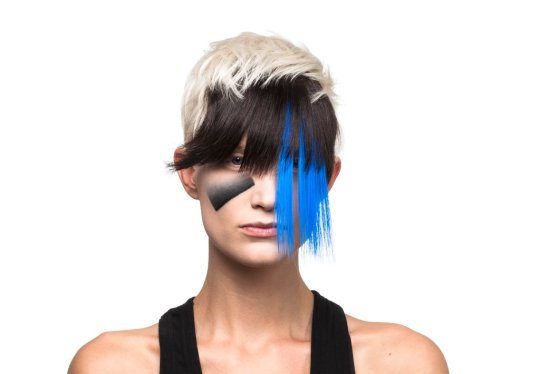


CV Dazzle Look No 5
Adam Harvey’s anti-facial recognition fashion project continues with this new look put together for an article for The New York Times Sunday Review:
Next year the Janus program, an initiative run by the director of national intelligence, will begin to collect photographs of people’s faces from social media websites and public video feeds. Machines will then use powerful algorithms to pair those photos with existing biometric profiles.
…. My project, CV Dazzle, explores how fashion can be used as camouflage from face-detection technology, the first step in automated face recognition. The name is derived from a type of World War I naval camouflage called Dazzle, which used cubist-inspired designs to break apart the visual continuity of a battleship and conceal its orientation and size. Likewise, CV Dazzle uses avant-garde hairstyling and makeup designs to break apart the continuity of a face.
The New York Times piece is probably the best visual explanation there is … you can read it here
453 notes
·
View notes
Text
Ursula K. Le Guin on the appeal of form for writers
When you work in form, be it a sonnet or villanelle or whatever, the form is there and you have to fill it. And you have to find how to make that form say what you want to say. But what you find, always—I think any poet who’s worked in form will agree with me—is that the form leads you to what you want to say. It is wonderful and mysterious. I think something similar happens in fiction. A genre is a form, in a sense, and that can lead you to ideas that you would not have just thought up if you were working in an undefined field. It must have something to do with the way our minds are constructed.
(via The Paris Review)
I will always be thankful to architecture for teaching me that containers influence the behaviour of the things within them.
A decision about whether to place a line here, or a beat there, or whether to make something easy or hard influences what happens when you pour people or ideas into the vessel.
Shapes tell things what they can become.
9 notes
·
View notes
Quote
So, skeuomorphs are about the shape we choose for the containers we build. This requires plasticity. Softness. Screens are a special material without much precedent, save plastic. And I think it’s best to view screens as a material for interaction and interface design.
Frank Chimero, What Screens Want (via quartey)
15 notes
·
View notes
Photo
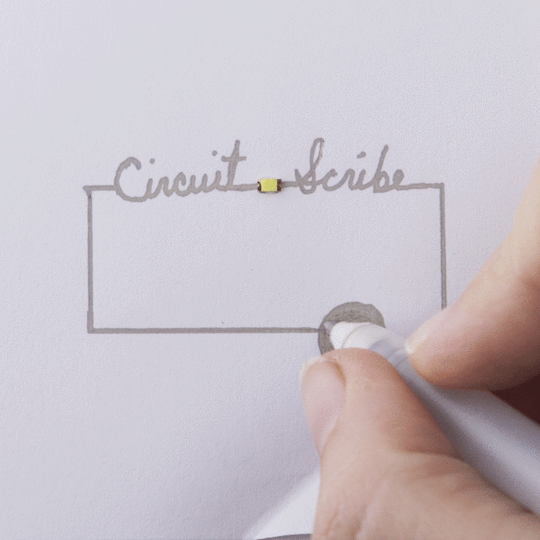

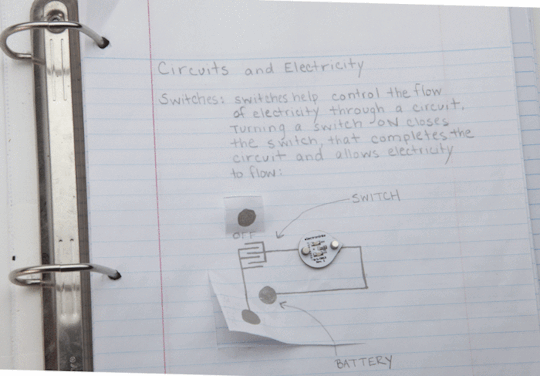
Circuit Scribe: Instantly Draw Functional Electrical Circuits on a Piece of Paper
1K notes
·
View notes
Quote
One day you are putting numbers into spreadsheet cells, and the next those numbers feed into budgets, and the budgets turn into requests to Human Resources, which turn into postings on Stack Overflow and requests to outsourcing placement firms in Estonia or Mumbai, and these turn into human beings doing things, sometimes in Offices, or at home, or in home offices. Just one number in a cell in Excel, plus human beings with checkbooks, and suddenly you’ve created an absence that must be filled. Houses are sold and bought. Kids have to move from their schools and attend new schools.
Paul Ford, Deliverables
Words are things. Information is mass in another form.
(via quartey)
62 notes
·
View notes
Photo

Thanks afotw for sharing this quote with us!
Which city quotes inspire you? Share them with us and we might include them in this series!
51 notes
·
View notes
Quote
The designs [of Vauban’s fortifications…] are masterpieces of Enlightenment geometry; if you look at them without knowing what they are, you’ll see them as some kind of advanced abstract art, visually arresting, a disturbing blend of symmetry and menace—malevolent starfish encrusted with spiky cancerous growths. There’s no mistaking that these extraordinary shapes are weapons of earth and stone. Just as sieges gave birth to the cities we live in, they gave them their location and their shape.
K. J. Parker, On Sieges (via quartey)
1 note
·
View note
Quote
...the things we interact with are leaving the simple and physical world and becoming virtual and complex. If industrial design is the interface between the world of technology (defined broadly, to mean anything we design and make) and the world of people, then it has to solve for a whole new level of abstraction.
Today, industrial design is as much about designing systems and software and applications as it is about designing objects. We are designing machines, but also the ghosts that live inside them.
Tim Brown, The Future of Industrial Design
5 notes
·
View notes
Quote
“It starts as a thought, and then becomes an idea, something I might think about for years. When the time is right, I express it on paper, usually as a simple line in space. Finally, it takes shape.”
Charles Pollock, Designer of Popular Office Chair, Dies at 83 (via bombtune)
2 notes
·
View notes
Quote
The way we relate to imagery is changing. Our new relationship is less about witness, evidence and document and much more about experience, sharing, moment and streaming
Stephen Mayes, interviewed in Photographs are no longer things, they're experiences
2 notes
·
View notes
Text
Notes from "Photography is the New Universal Language"
WIRED did an interview with writer/curator Marvin Heiferman about his attempt to understand how the way we use images is changing via his book, Photography Changes Everything.
The interview is part of WIRED'S Raw Meet project - a series of conversations with people in the photography industry.
Highlights:
1) "People talk about photography being a universal language but really it’s not; it’s multiple languages."
2) "I asked [a curator of arachnids], ‘How does photography change what you do?’ He thought about it for a while and realized that it had. You cannot study spiders and understand spider behavior without the study of webs. Webs could not be photographed adequately until the 1960s. [Before then] people would try to take webs indoors and ruin the architecture, or spritz them with water which would distort the architecture."
3) "Those who profoundly changed my thinking were visual anthropologists. They talked about the materiality of photographs; as things!"
4) "I asked neurobiologists what, perception-wise, is the difference between looking at a thing and looking at a photograph of that same thing. They said, ‘No one ever asked me that question. I think we need to know.’"
5) "The assumption is that digital formats — jpgs., TIFFs, RAW files — are in some way more robust that the floppy disc but it they’ll be obsolete eventually too."
6) "Facial recognition technology is here. Only legal complications right now prevent facial recognition being plugged into any given surveillance system."
7) "A CIA information analyst who was using thermographic images came to a luncheon. She analyzed aerial photos of parking lots to determine when drug dealers had turned their engines off. It was a fascinating discussion."
8) "In the past, it was more conventional; we had to have reason to make a picture and it was usually to document something specific. Whereas now people ... take pictures because the camera is there [in their hand]. It has got to the point where sometimes if you ask people why they take pictures they can’t even say. I think people are using images in a completely different way and as a communicative tool."
9) "There’s a reason Instagram has grown so massively. People were using snaps to communicate. As far as status updates are concerned, the image is replacing text."
10) "Stephen Mayes says photography is less about recording a document and more about an experiential engagement with imagery."
0 notes
Quote
When I was in school back in the 1970s and 80s, industrial design meant creating mass-manufactured products. The prevailing question was, “How do you make the perfect cup or chair or sports car?”. The challenge was clear: make better, more efficient, more beautiful stuff. That kind of design still exists, of course, but now the challenge at hand is much more complicated. Why? Because the things we interact with are leaving the simple and physical world and becoming virtual and complex.
The Future of Industrial Design « Art Works
(via donttalkaboutdust)
2 notes
·
View notes
